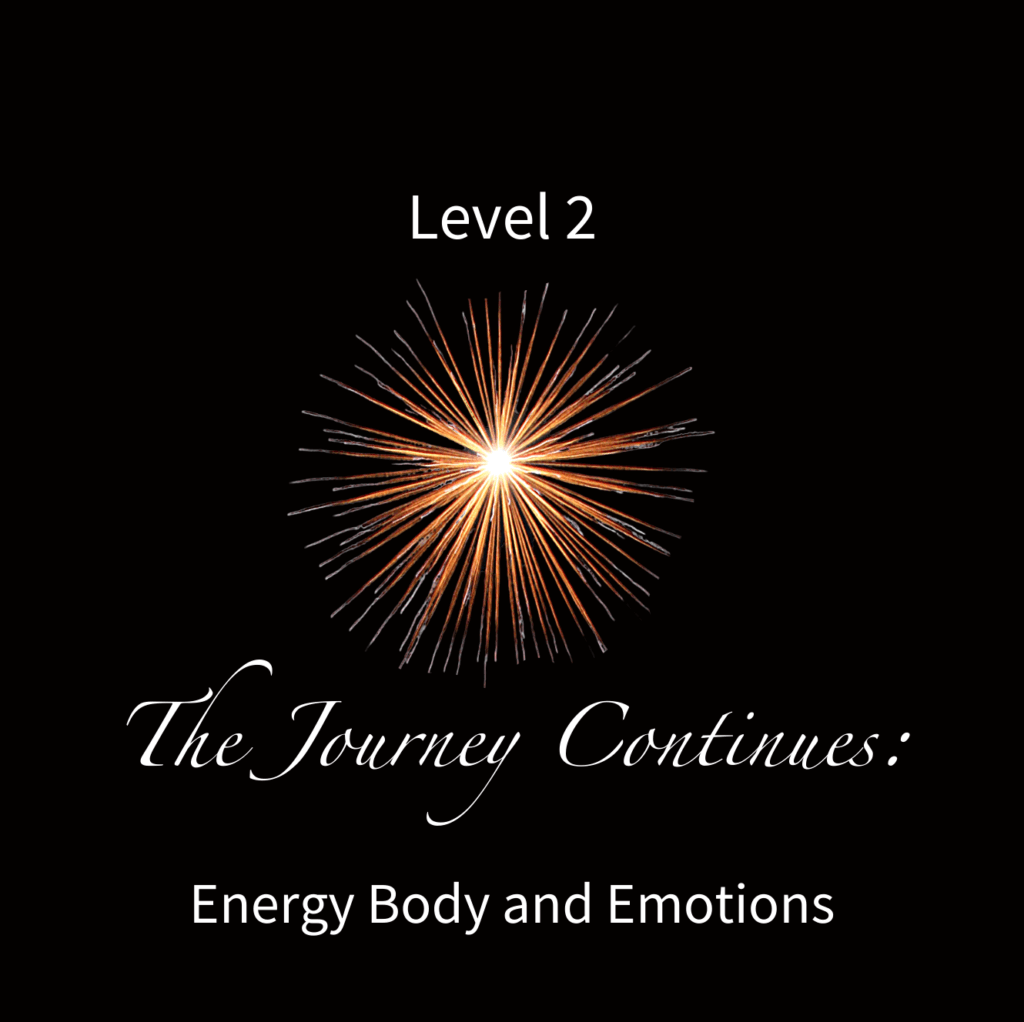In California, where I live, we just got notice for all of us to stay at home and shelter in place. This means not being able to see family and friends for Christmas and keeping traditions simple. I am reminded to release what can’t be right now and maintain peace in the quiet times that are normally lively this time of year. It’s also given me time for self-reflection and to enjoy these moments while being grateful for all the blessings in my life, which includes you and our Somatic community!
With the spirit of gift giving in a way that I can contribute back to the collective I have a new Flow for you to explore.
For more self-care videos like this please visit Somatic Wellness TV gentlesomaticyoga.com/somatic-wellness-tv/
Last week’s newsletter included a Somatic Movement Flow® for the lower back, hip and legs. I’d like to share another with you that covers this part of the body in a different way.
The Somatic Movement in the video above can help those of us that sit for lengths of time, like the desk worker, and it can be especially useful to people who are standing on their feet all day. A huge thank you to service workers: retail, hospital and healthcare, and food service to name a few. This Flow can help relieve the pain in the lower back and hips that come with the pressure of standing or sitting too long.
This is also for people who like to walk, hike, run or bike, as this is an excellent sequence to improve performance and strength.
This Somatic Movement Flow, called the Somatic TFL and Psoas Release, will reset the inner and outer thigh muscles to their optimal length in a resting position. This means you gain flexibility, strength and range of motion.
How it works…
The key benefit to this Flow is the release of tightness in the TFL (tensor fasciae latae), the IT (iliotibial) Band and the Psoas muscle .
What are these muscles and why are they important?

The tensor fasciae latae muscle group helps to stabilize the hip in extension and assists gluteus maximus during hip extension.

The psoas is the primary muscle group that connects the upper body to the lower body. It’s function is a major contributor of flexion of the hip joint and plays an essential role in helping us to walk. The psoas also affects posture and stabilizes the spine. Most people in the modern world have tight psoas muscles. This can cause a multitude of problems such as chronic low back pain, poor posture, constipation, leg length discrepancy, internal or external leg rotation, and sciatica.

The iliotibial band (IT band) is a long piece of connective tissue, or fascia, that runs along the outside of your leg from the hip to the knee and shinbone. This band helps to extend and rotate the hip. It works with the quadriceps (front thigh muscles) to provide stability to the outside of the knee joint during movement.
Please enjoy practicing this Somatic Movement Flow and enjoy the immediate benefits of release. Click here for tips and guidelines to ensure long-lasting results.
Enjoy!
Our students mean everything to us!

To support your continued online education, we’re continuing our holiday offering of a discount on our standalone, self-paced Level 2 Online course.
We’re offering you a 20% discount on our course, Level 2: The Journey Continues. Use coupon code online20 at checkout.
If you have any additional questions or concerns please don’t hesitate to reach out to us. Click HERE.
To new traditions and counting our blessings,
James Knight, Founder of Gentle Somatic Yoga & Wellness

